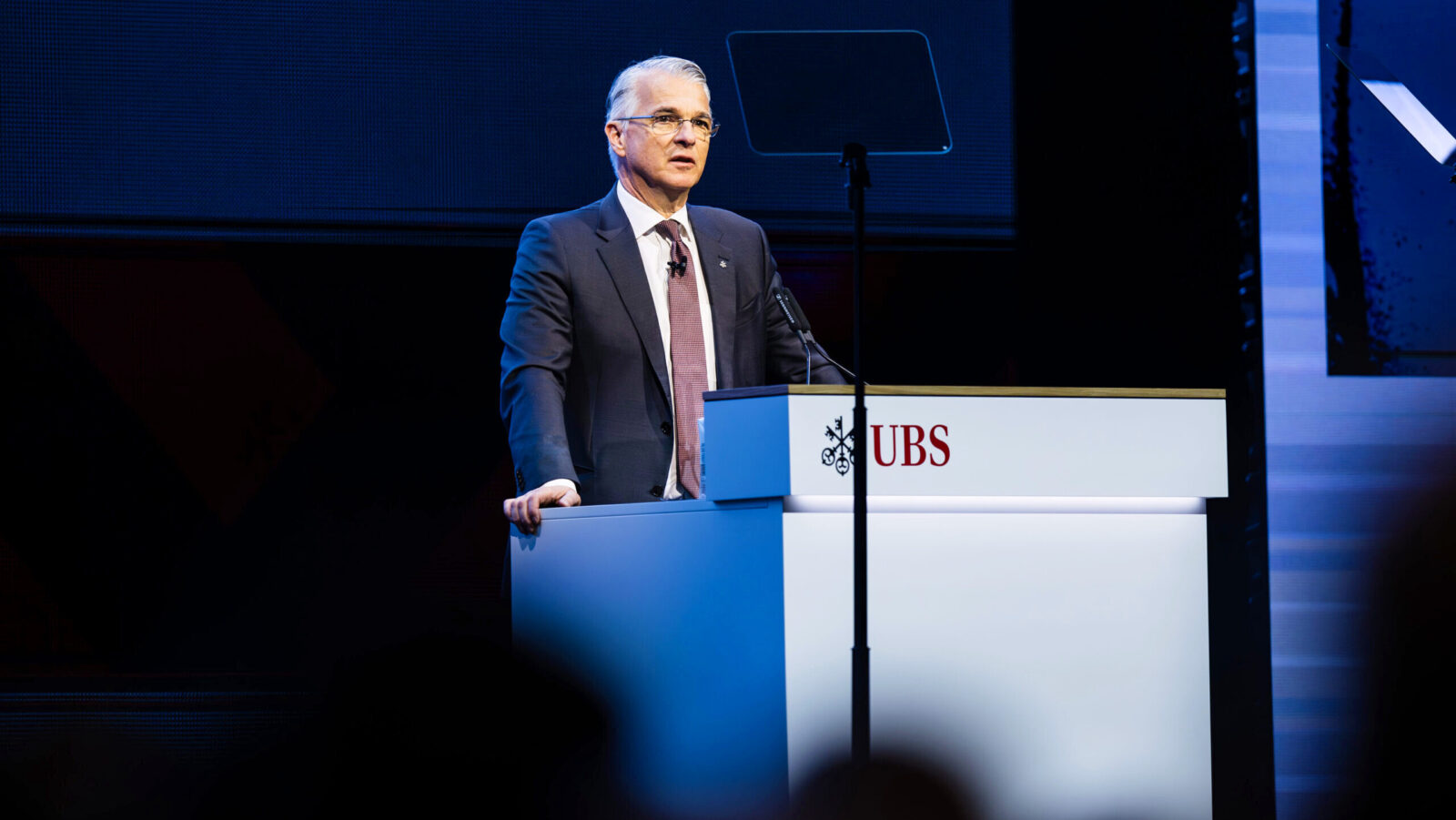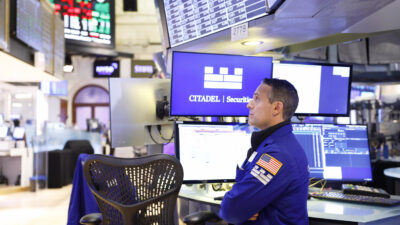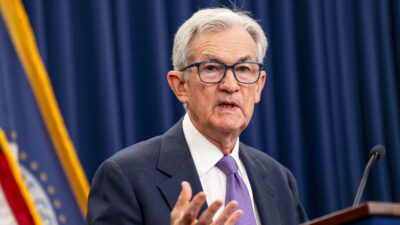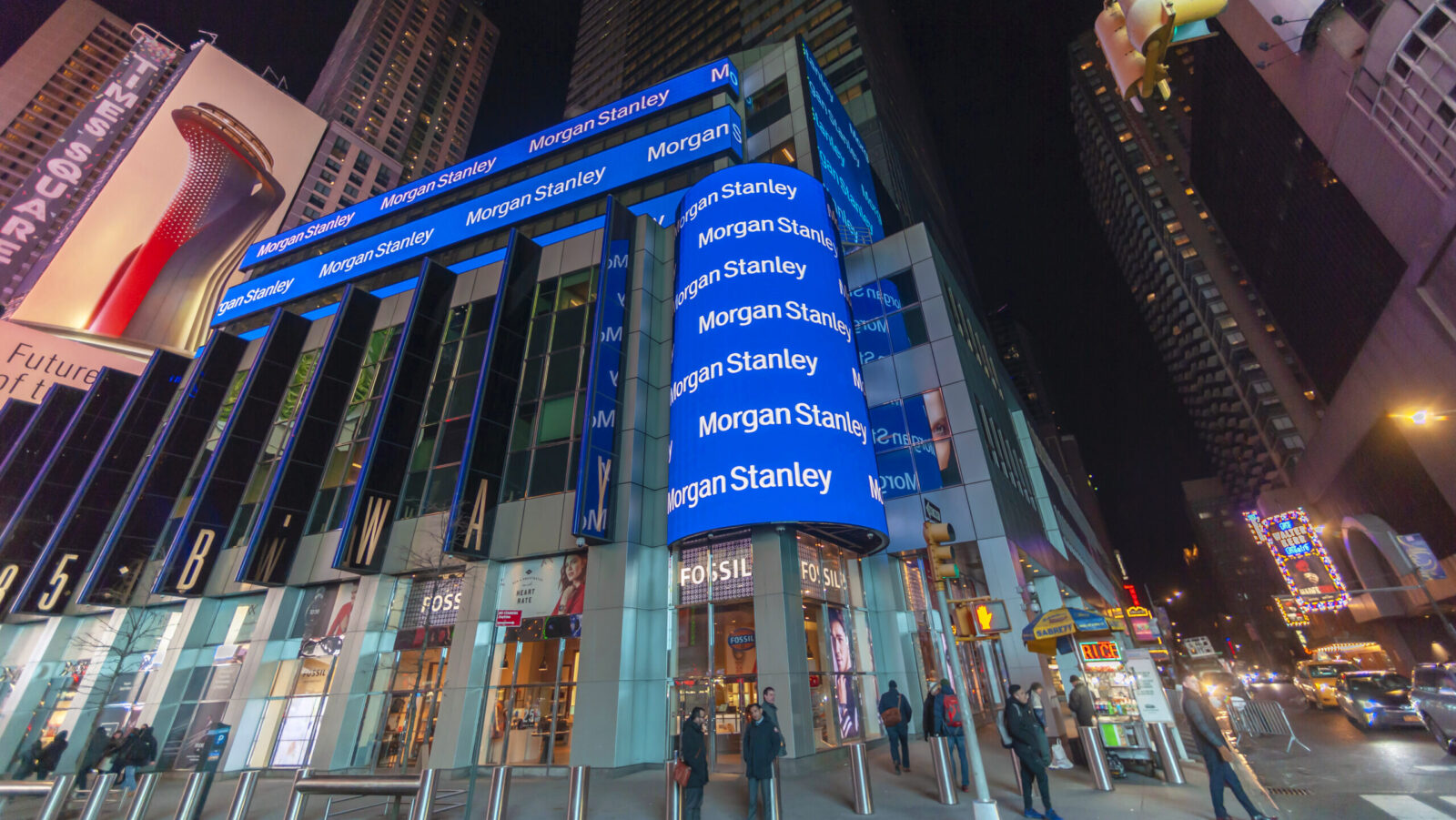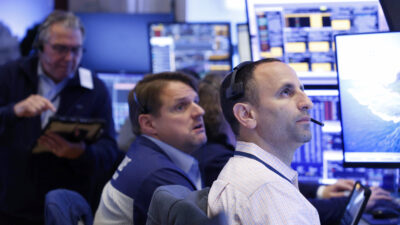Goldman Sachs Leaves Rivals Vying for Silver, Bronze Medals in Dealmaking Matchup
The bank reported Tuesday that it made $2.6 billion in investment banking fees in the third quarter, a 42% year-over-year surge.
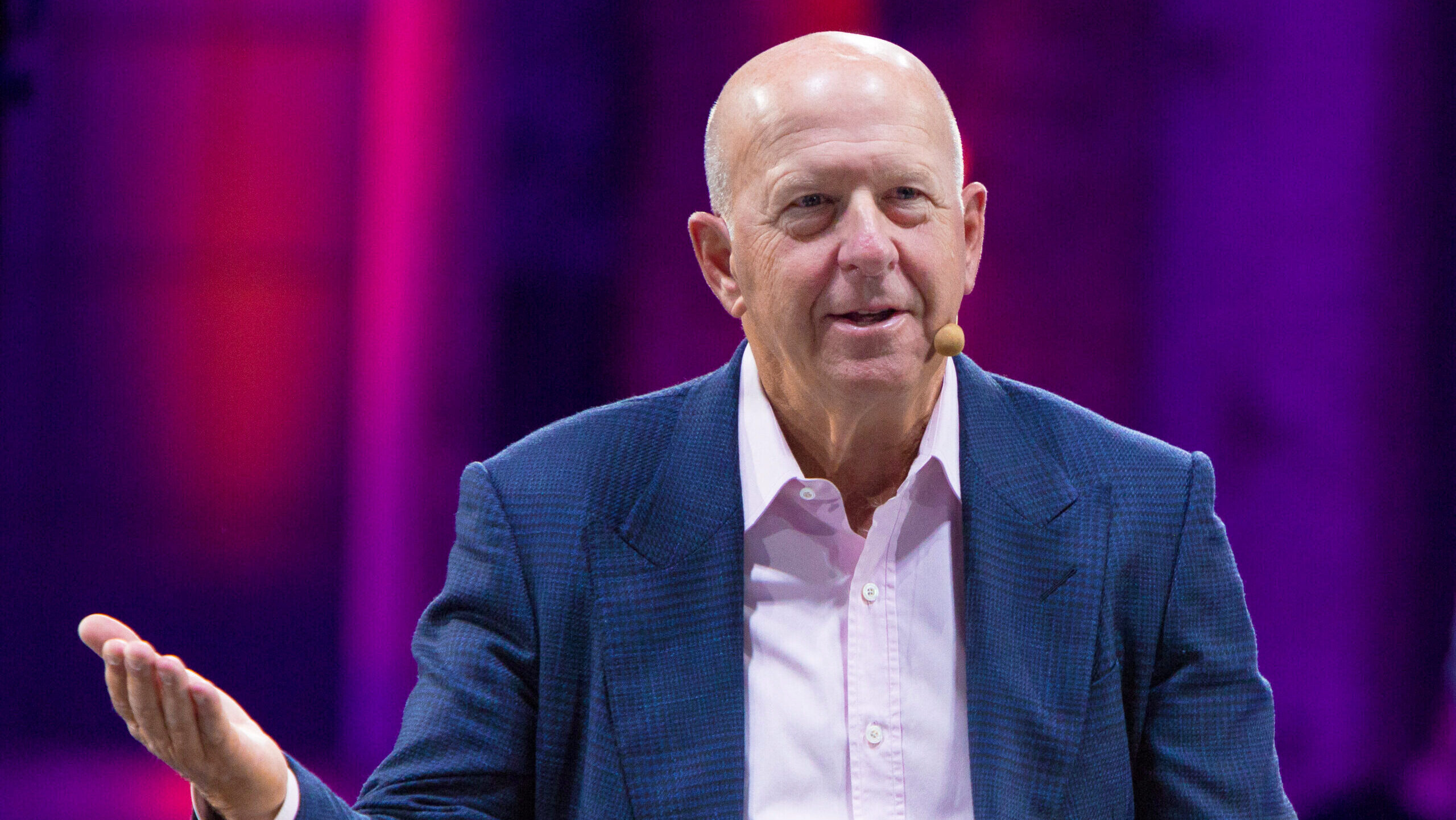
Sign up for smart news, insights, and analysis on the biggest financial stories of the day.
Investment banking fees padded the profits of Wall Street banks in the third quarter like a bed full of thousand-dollar eiderdown pillows.
The rebound in mergers and acquisitions and initial public offerings so far this year was a big reason why. And, in the contest to capture the unleashed activity, one firm stood tall above all others as if at the top of a financial Olympic podium: Goldman Sachs. There’s more than one reason they didn’t name it Silverman.
The Cost of Your Investment Bankers Doing Business
Thread together buoyant equity markets, long-awaited interest-rate cuts and an administration in Washington committed to lighter regulations and you have a red carpet ready to roll out for a dealmaking revival. That has emerged as one of the key economic stories of 2025, with both mergers and acquisitions and initial public offerings rebounding after a years-long slump.
Tuesday showed just how Goldman and other banks, which earn fees from advising on and underwriting deals, are benefiting from a period where private equity megadeals, in particular, have taken center stage. There’s the unprecedented $55 billion buyout of video game maker Electronic Arts by a consortium including the Saudi Public Investment Fund, Thoma Bravo’s $10.6 billion acquisition of Boeing’s digital aviation unit, and Blackstone’s $11.5 billion acquisition of utility TXNM Energy, to name just three. Multiple quarterly reports released Tuesday showed the victory spoils divided among Wall Street firms, but Goldman’s investment bankers appear to have drummed up the most business from the rebound:
- The bank reported on Tuesday that it generated $2.6 billion in investment banking fees during the third quarter, a 42% year-over-year increase. That represented a significant percentage jump next to comparable earnings at rivals: investment banking fees rose 16% at JPMorgan Chase to $2.6 billion, 17% at Citigroup to $1.2 billion, and 25% at Wells Fargo to $840 million.
- Heavy is the head that wears the crown, however, as Goldman’s operating costs rose 14%, buoyed by rising compensation costs. Even as it’s on track for its best investment banking year on record, Goldman is therefore still eyeing efficiencies: The Wall Street Journal reported on plans to lay off roughly 1,000 low performers and use AI to help perform certain roles, although Goldman plans to end the year with a net increase in headcount.
Shares in Goldman, which reported a 37% increase in third-quarter profit to $4.1 billion, fell 2% Tuesday in a volatile session dominated by concerns over a renewed US-China trade standoff. However, the stock is up 34% this year and has outperformed most rivals, including Wells Fargo, JPMorgan and Bank of America (the latter of which reports today).
Dodged a Bullet: Goldman reported a mild credit loss provision of $339 million, less than analysts expected and far less than JPMorgan’s $3.4 billion. The Goldman rival was hit by an exposure to Tricolor, the US car dealer that collapsed last month. JPMorgan CEO Jamie Dimon said on a media call that it wasn’t his bank’s “finest moment” but warned there are other exposures on the private market that won’t turn out well: “When you see one cockroach, there’s probably more.”
